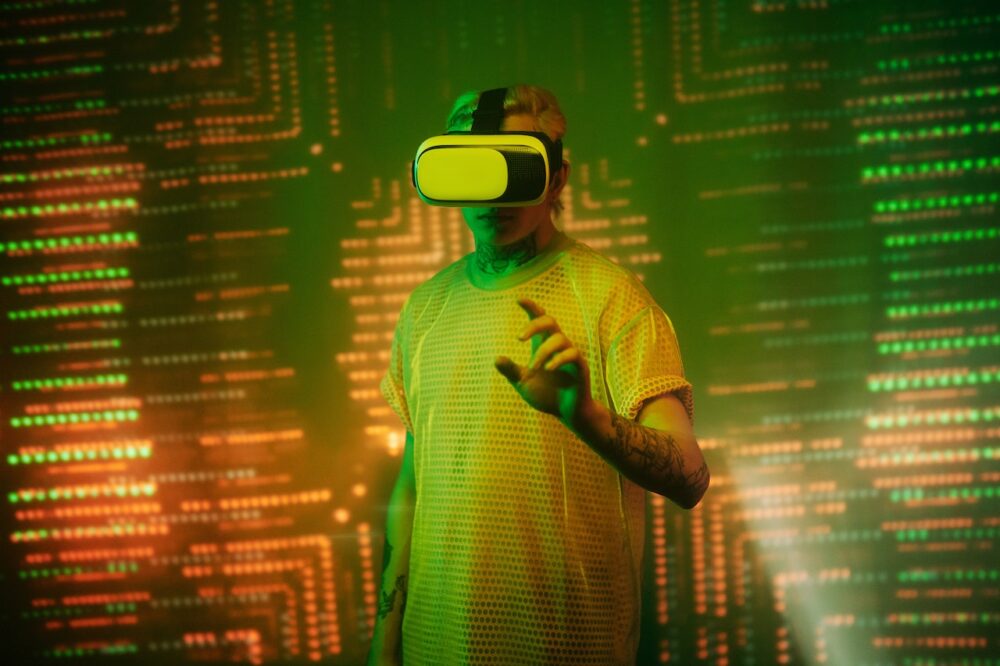People-Centric Technology Empowers Communities
Software in modern times has not only enabled better functions for businesses but also become a great equalizer for communities. The democratization of technology gives better access to products and services to the masses for the betterment of the community.
Technology has greatly evolved over the years. Now, technology can provide power to integrate people with the larger ecosystem to enable a better future for themselves.
Nowadays, the barrier to entry for software has also become low. It is because there are low code and no code platforms which make it easy for people to come on board and develop software to address the pressing problems that exist in society.
The biggest shift, compared to 10 years ago for example, is that technology needed tech experts or coders, programmers, or administrators to use it.
These classes of people were the only people to use technology and it is still true for large enterprises.
Now some platforms have emerged for non-tech people allowing the use of technology with no code platforms so they can put together various software to quickly address their needs in their businesses.
Democratization of Technology
Democratization of technology refers to the process by which access to technology rapidly continues to become more accessible to more people.
New technologies and improved user experiences have empowered those outside of the technical industry to access and use technological products and services.
Democratization of technology, where technology is ubiquitously accessible and business users take an active role in technology-based solutions, has risen to be a huge trend.
Today, with AI-powered chatbots and clever recommendations, even lean startups can supply personalised reports and great customer support to construct deep client relationships.
However, how organizations appeal to and hold customers happy is key to success today.
The proliferation of 5G for connectivity and the cloud for example, unchains us from our desks and introducing new working flexibility that makes the future of work possible.
Technology as an Equalizer
Technology changes things and it creates opportunities for people. It can create something valuable for underserved communities and create more equalization across society making services and product more accessible to more people, and at the same time create wealth and profits for those involved in the creation of solutions for the masses.
We see the use of technology addressing problems for people residing in remote areas. One such example is helping the malnourished or starving people in countries where technology provides a way to communicate and give access to more support. In modern times, most things are focused on first-world technology like getting information or data out of people to retarget them and market to them.
Some technologies are solving real problems in places where people have no access to the internet.
For instance, a company named Zipline is an American company that designs, manufactures, and operates delivering drones that serve Africa to focus on some of the hard-to-reach areas with transportation infrastructure problems.
One such problem they address is getting medical drugs to the people in remote areas, particularly during the rainy season when roads are impassable. With the help of these drones, they can supply medications where they are needed.
In addition, some companies are developing GPS-enabled walking sticks for blind people that give them touch or feedback and guide them. This is another example of technology made to help people.
Conclusion
Technology can create value both financially for the creators as well as in democratizing access for underserved areas of the world.
Whatever technology has to offer comes from people, since people together have transformed the facet of technology and it will always be the people to address other people’s woes through technology.
“Collaboration among people matters most to change various things in society that are broken. Technology is a key facilitator.”
People should assume positive intent as a culture. People should think to maintain a healthy relationship with one another and grow. No matter what improvements or growth takes place in technology, everything is done by human beings that ultimately want to help other humans thrive.

